Human-wildlife conflict in India: 1 human killed every day
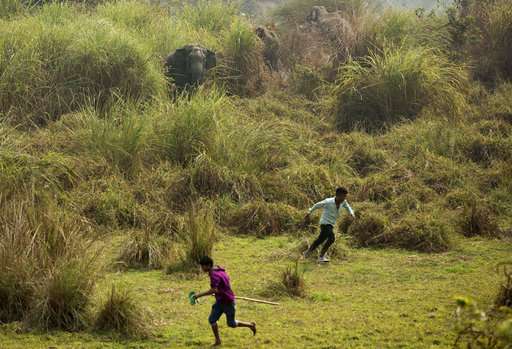
A deadly conflict is underway between India's growing masses and its wildlife, confined to ever-shrinking forests and grasslands, with data showing that about one person has been killed every day for the past three years by roaming tigers or rampaging elephants.
Statistics released this week by India's Environment Ministry count a total of 1,144 people killed between April 2014 and May of this year.
That includes 426 human deaths in fiscal 2014-15, and 446 killed the following year. The ministry released only a partial count for 2016-17 of 259 killed by elephants up to February of this year, along with 27 killed by tigers through May.
"Conflict is already one of the biggest conservation challenges," said Belinda Wright, founder of the Wildlife Protection Society of India, based in New Delhi. "In India it is particularly acute because of the high human population."
That population of 1.3 billion is still growing, and as it does it is increasingly encroaching into the country's traditional wild spaces and animal sanctuaries, where people compete with wildlife for food and other resources.
The growth of human settlements is often seen as economic development. But for some who are living on the edge of wildlife borders, this development can come at a high cost.
Of the 1,052 lives claimed by elephants in the last three years, many had simply been in the way when the pachyderms wandered out of jungles in search of vegetation and raided farmers' crops. Wildlife experts say these conflicts have increased as elephants increasingly find their usual corridors blocked by highways, railway tracks and factories.
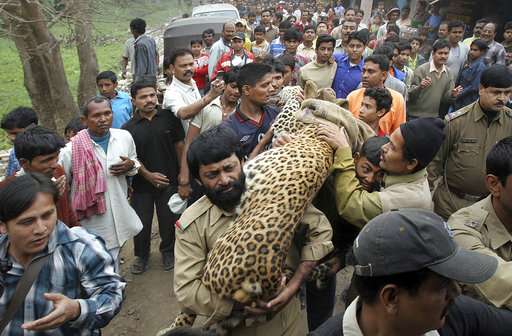
"The shrinking of good quality habitats and access of the animals to movement corridors are absolutely critical for India's conservation efforts and the future of its iconic mammals," Wright said.
N.V.K. Ashraf, a veterinarian at the Wildlife Trust of India, said the high death toll was likely because large numbers of people are dependent on forests for their livelihood.
"People going deep into the forests in search of food or forest produce run the risk of crossing the path of a tiger or a herd of elephants," he said.
The human conflict with tigers has gradually increased since the 1970s, when India launched a nationwide tiger conservation program that carved out sanctuaries in national parks and made it a crime to kill a big cat. Though methods for counting tigers have changed, census evidence suggests the number has increased from about 1,800 then to 2,226 in 2014.
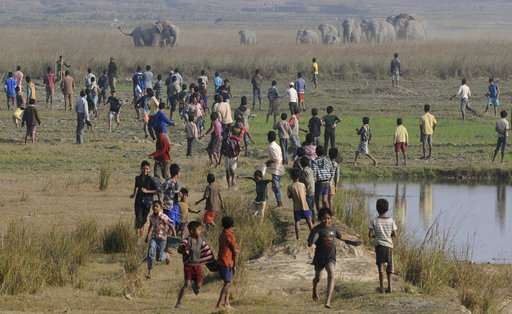
But the increase in tigers hasn't been met with a proportional increase in habitat, activists say.
While the government did not provide any numbers for deaths caused by other big cats, conflicts with leopards have become so common that villagers regularly mount hunting parties when one ventures near their homes, threatening children and livestock.
"The instinct of people when a leopard wanders into a village or urban settlement is to corner the animal and kill it with sticks and stones," Ashraf said.
India's elephants and tigers are also some of the most hunted animals in the country, sought for their ivory tusks or bones that are sold on the black market for use in traditional Chinese medicine without any evidence that they have an effect. Elephants are also threatened by speeding trains.
-
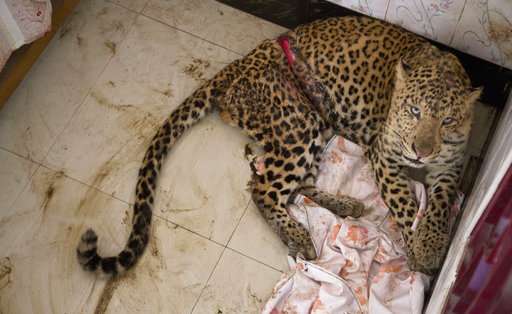
In this Jan. 7, 2015 file photo, an injured male leopard takes shelter in the bedroom of a residential complex in Gauhati, India. A deadly conflict is underway between India's growing masses and its wildlife, confined to ever-shrinking forests and grasslands, with data showing that around one person has been killed every day for the past three years by roaming tigers or rampaging elephants. Statistics released this week by India's Environment Ministry count a total 1,144 people killed between April 2014 and May of this year. (AP Photo/Anupam Nath, File) -
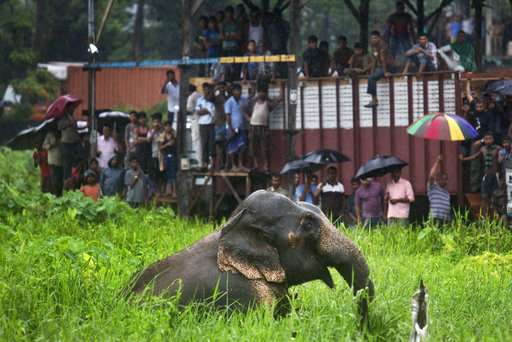
In this Aug. 20, 2015 file photo, onlookers stand on vehicles and watch as a wild male elephant, who got separated from his herd, pulls itself out of muddy pit on the outskirts of Gauhati, India. A deadly conflict is underway between India's growing masses and its wildlife, confined to ever-shrinking forests and grasslands, with data showing that around one person has been killed every day for the past three years by roaming tigers or rampaging elephants. Statistics released this week by India's Environment Ministry count a total 1,144 people killed between April 2014 and May of this year. (AP Photo/Anupam Nath, File)
© 2017 The Associated Press. All rights reserved.




















